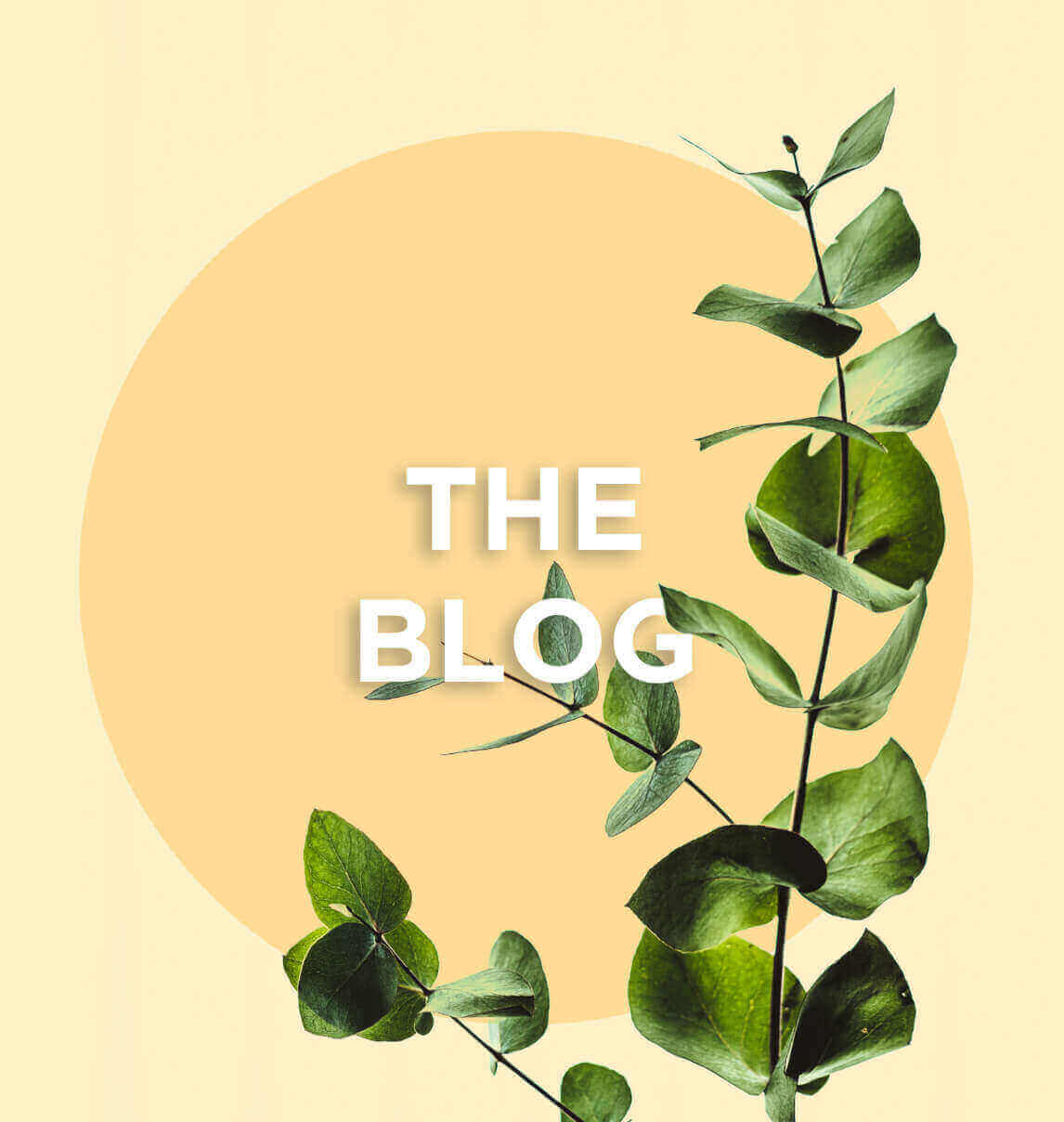SAD, commonly known as seasonal affective disorder seriously affects many individuals. Its effect on mood variations and other symptoms generally start to be seen at the end of summer and at the start of autumn or at the end of winter and at the start of spring. This form of depression can sometimes last several seasons, occurring from year to year.
SAD is only diagnosed when the disorder appears to be seasonal and if recovery is spontaneous throughout the season. Women are more often affected than men, with a ratio of 2:1.
The exact causes are still to be determined. Lack of natural light is thought to be a major cause, as it reduces the amount of serotonin in the body which is vital for a good psychological balance, fighting against stress, anxiety, phobias and depression.
The activity of the amygdala, a small gland located in the brain, can often altered in those suffering from SAD. This gland is involved with our senses of pleasure as well as our defence responses to stress.
The level of melatonin, responsible for the functioning of the “internal biological clock”, is also affected.
Common symptoms include:
- Feeling of depression
- Loss of interest for previously enjoyed hobbies and activities
- Lack of physical energy
- Trouble sleeping
- Changes in appetite (increase/loss) with particular cravings for sugar
- Weight gain
- Concentration problems
- Permanent anxiety
- Loss in self-confidence
- Occasional thoughts of death and suicide
Symptoms can begin gradually and worsen throughout the season. If nothing is done to combat SAD, the main risk is neurasthenia which can eventually develop into non-temporary depression.
A simple countermeasure does however exist in both phytotherapy and nutrition therapy. All symptoms can be effectively counteracted using just a single plant, or two if necessary. Nutrition therapy is a complementary measure which boosts the therapeutic effects of the plants. Take a look at our next article to find out more!
References
J Psychosoc Nurs Ment Health Serv. 2017 Nov Overcoming Seasonal Affective Disorder. Leahy LG.
Amygdala response to emotional faces in seasonal affective disorder.Borgsted C1, Ozenne B2, Mc Mahon B3, Madsen MK3, Hjordt LV3, Hageman I4, Baaré WFC5, Knudsen GM3, Fisher PM6.
Stability of the diagnosis of seasonal affective disorder in a long-term prospective study.
Cléry-Melin ML1, Gorwood P2, Friedman S3, Even C3.





